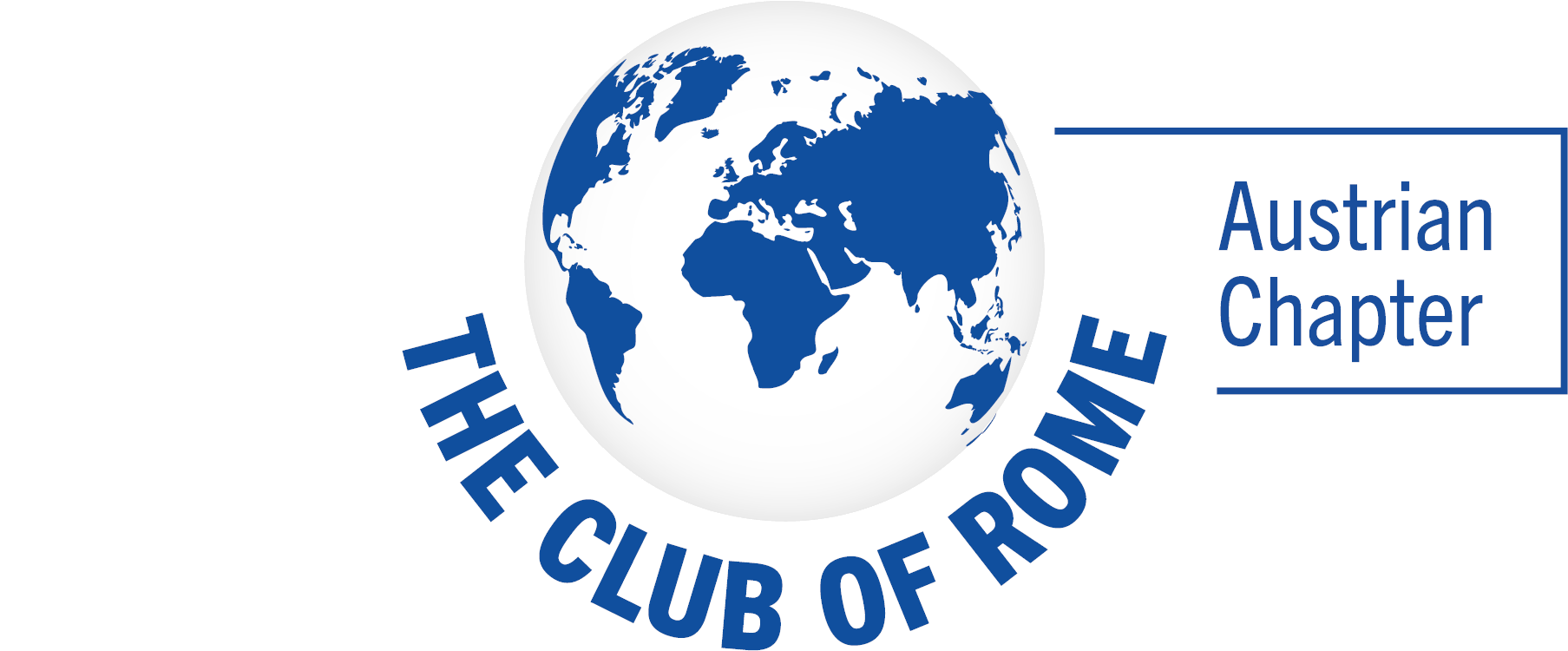December 13, 2022, by Karl W. Steininger (Wegener Center for Climate and Global Change, University of Graz & Secretary of the Club of Rome – Austrian Chapter).
The current energy crisis is a fossil fuel crisis, with far-reaching effects. Well managed, it will promote the transition to renewable energies.
The new World Energy Outlook of the International Energy Agency (IEA), from which Dr. Fatih Birol will present some highlights at our event on 19.12.2022 in Vienna (link to review), emphasizes above all that the current global energy crisis is one of fossil energy, and not one of renewables. Quite the contrary – with an already higher share of renewables, the crisis would have been milder. It had first become visible through demand increases and supply bottlenecks in the upswing after the pandemic lockdowns, but then, above all, clearly fueled by Russia’s war of aggression on Ukraine, which is now causing Europe in particular to turn to markets other than Russia, previously the largest fossil exporter.
Global consequences
The global consequences are even more dramatic than we are already experiencing in a country like Austria: the report shows, for example, that access to electrical energy has declined in absolute terms for the first time since it was measured, with some 75 million people losing it again. For even more, 100 million, the crisis threatens to force them to switch back to dirty fuels for food preparation, with clearly negative health consequences as well.
In the future scenarios, the Outlook confirms the change in the IEA with regard to renewables. For more than two decades, it had predicted the future expansion of photovoltaics every year at a level that was clearly too low, and was overtaken by reality in each case. Then, for the first time 2 years ago, it focused on the core statement that solar energy now represents the cheapest electricity generation in human history.
The future scenarios
Thus, in the three scenarios drawn in the current Outlook, even in the one that only depicts policies that have already been implemented, the fossil share is declining for the first time, globally from the middle of our decade. This is due to projects across the globe, from the USA (anti-inflation package) to India. But even in this scenario, fossil energy still has a 60% share at mid-century. The shift to a scenario in which either the respective national targets are actually met, or net-zero greenhouse gas emissions are achieved by 2050, requires above all a significant increase in the financing of renewable energy plants. While current policy foresees an increase in this investment from the current US$1.3 billion per year to US$2 billion by 2030, in the IEA’s net-zero scenario it would need to double to US$4 billion by then.
Declining and build-up – side by side
Above all, the report shows how the coexistence of a declining fossil structure and a build-up of renewables – primarily fed by fluctuating energy sources – can succeed, with new instruments, flexible approaches and mechanisms that ensure that the available capacity is sufficient to meet demand. In this scenario, utilities will respond more flexibly to better-connected and more adaptive consumers, supported by infrastructure developed for this purpose and taking advantage of the opportunities offered by digitization. It is striking how inclusive, people-focused approaches are at the heart of this, enabling vulnerable local communities to bear the initial investment and share in the benefits of the new flexible and clean energy system. The current energy crisis only reinforces how much this transition is needed and overdue.
